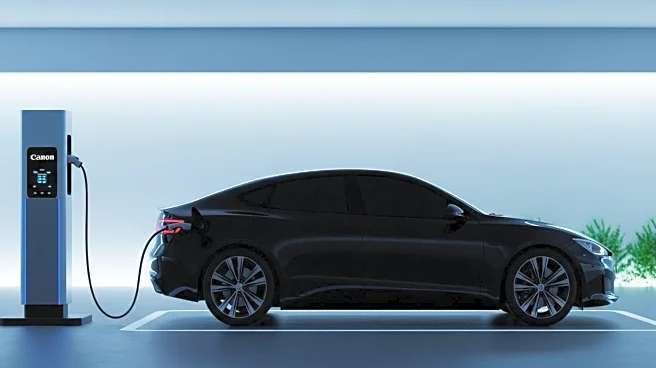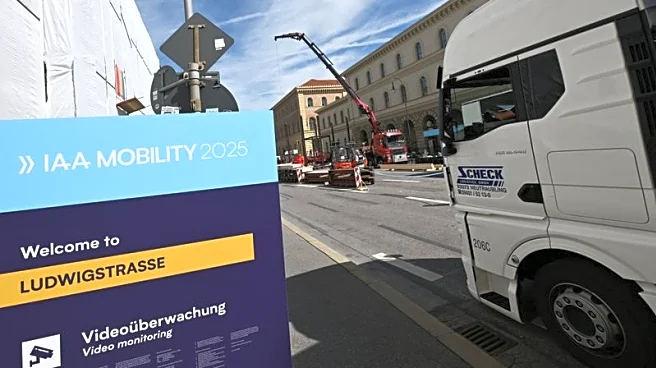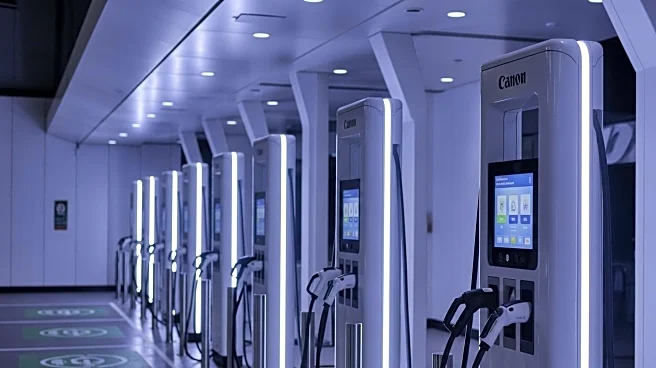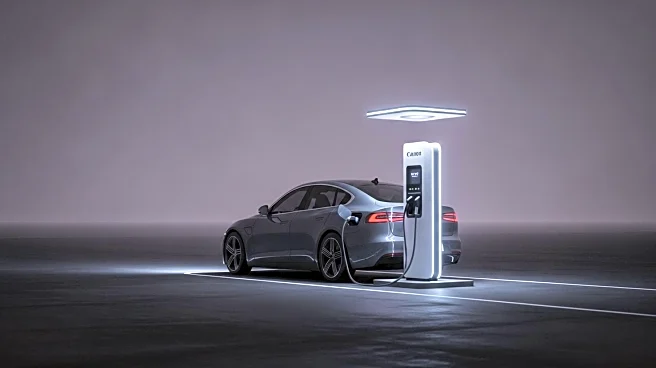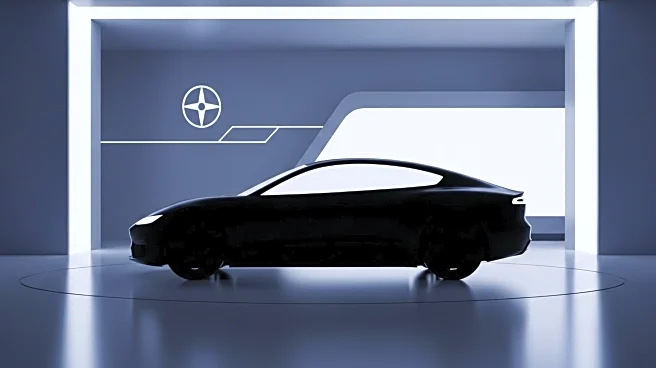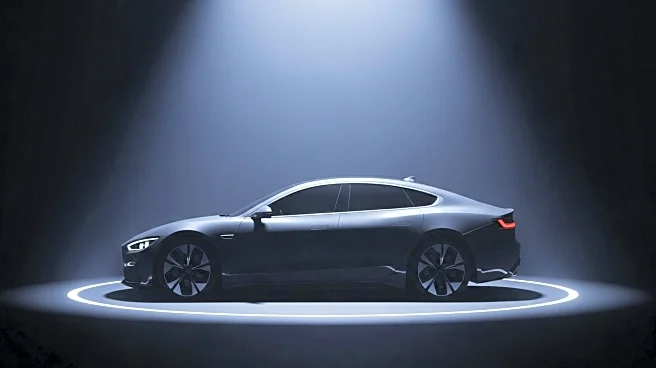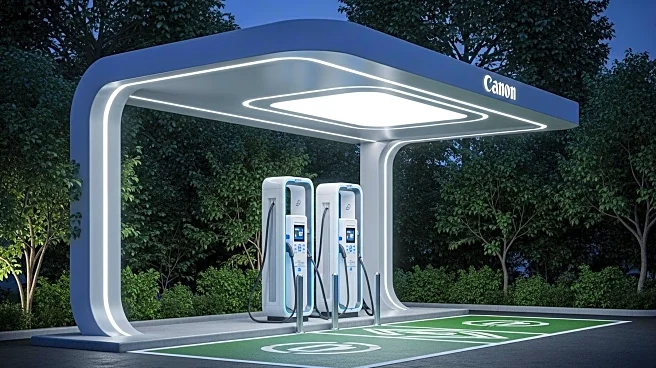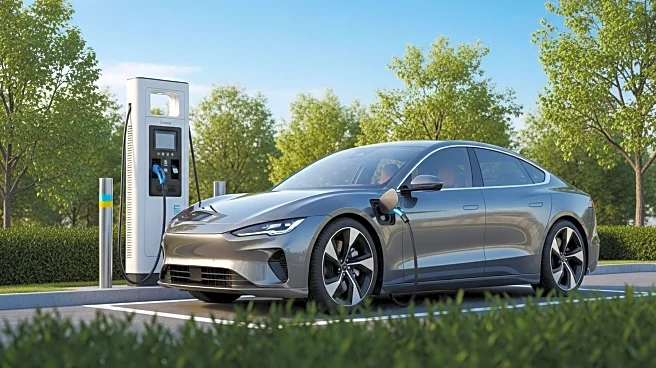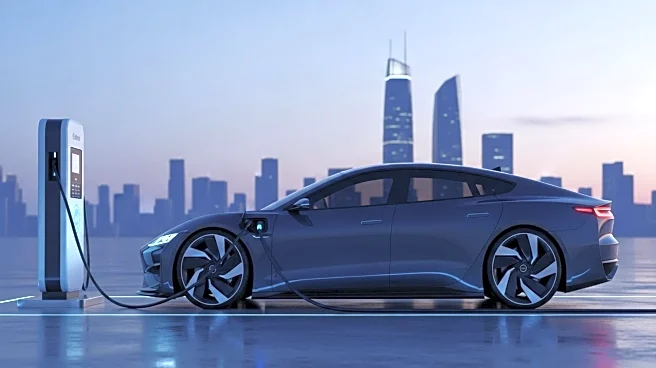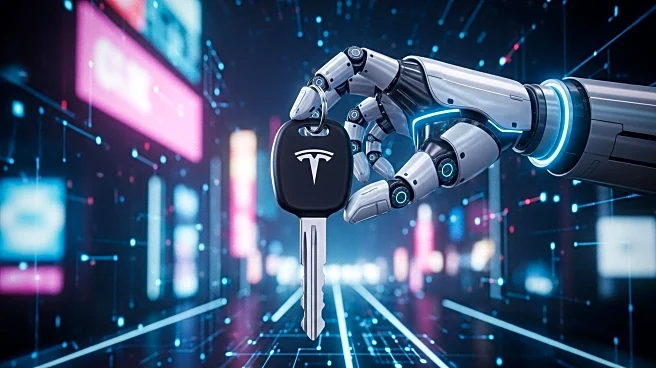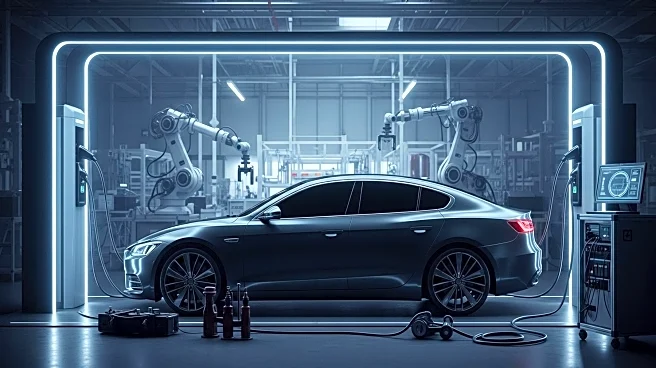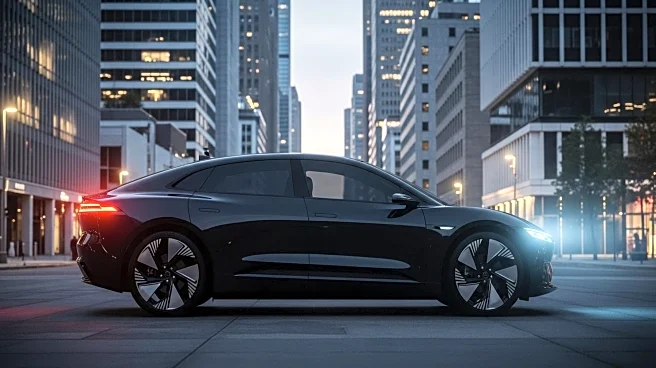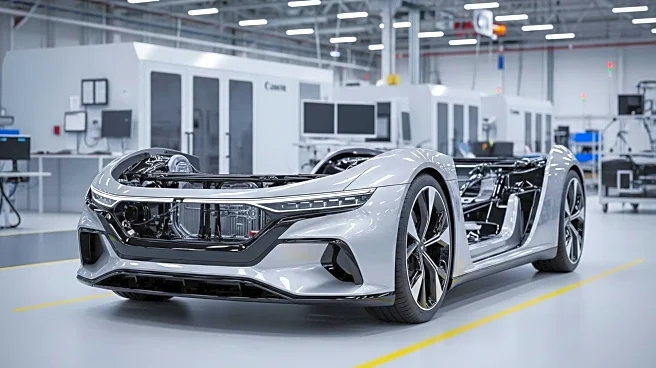What is the story about?
What's Happening?
In July 2025, the Tesla Model Y emerged as the top-selling electric vehicle globally, with an 11% year-over-year increase in sales, totaling approximately 89,000 registrations. This surge was largely driven by a sales rush in the United States ahead of the expiration of a subsidy on October 1st. Despite this success, the Tesla Model 3 experienced a decline, with a 14% drop in sales, ending the month in sixth place behind competitors such as the BYD Song, BYD Seagull, and Geely Xingyuan. The BYD Song/Seal U was the best-selling Chinese model, ranking seventh.
Why It's Important?
The performance of the Tesla Model Y highlights the impact of government subsidies on electric vehicle sales in the U.S. The impending end of the subsidy likely accelerated purchases, demonstrating how policy can influence consumer behavior and market dynamics. The decline in Tesla Model 3 sales suggests increased competition in the EV market, particularly from Chinese manufacturers like BYD and Geely, which are gaining ground with their offerings. This shift could affect Tesla's market share and influence future strategies for both Tesla and its competitors.
What's Next?
As the subsidy ends, the U.S. EV market may experience a slowdown in sales, potentially affecting manufacturers reliant on these incentives. Tesla may need to adjust its pricing or introduce new models to maintain its competitive edge. The continued rise of Chinese EV brands in the global market could lead to increased competition, prompting U.S. manufacturers to innovate and improve their offerings. Stakeholders will be watching closely to see how these dynamics unfold and impact the broader automotive industry.
AI Generated Content
Do you find this article useful?
